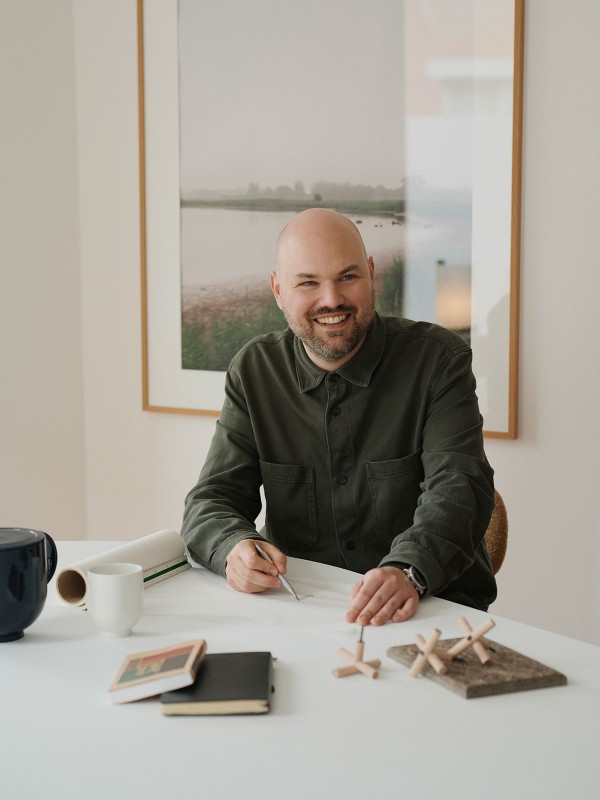
In Conversation With
Søuld
For centuries, eelgrass has been used in remote areas of Denmark as a roof-thatching material, most notably by the settlers of Læsø island. This practice dates back to the 1600s when residents constructed ‘seaweed houses’ from the abundant and readily available resource. The carbon-storing plant grows underwater and can be found washed ashore along the coast in vast regions around the world. For decades, however, it was a largely overlooked resource.
The team at Søuld, however, recognized the beauty and potential in this remarkable material and, after a decade of research, emerged as the first company to convert the material into carbon-storing products that combine high acoustic performance with a modern aesthetic.
We sat down with founder and architect Tobias Øhrstrøm to chat about transforming a centuries-old tradition, the unique and inherent characteristics of eelgrass, emerging trends in the design industry surrounding Denmark, and our shared passion for sustainability.
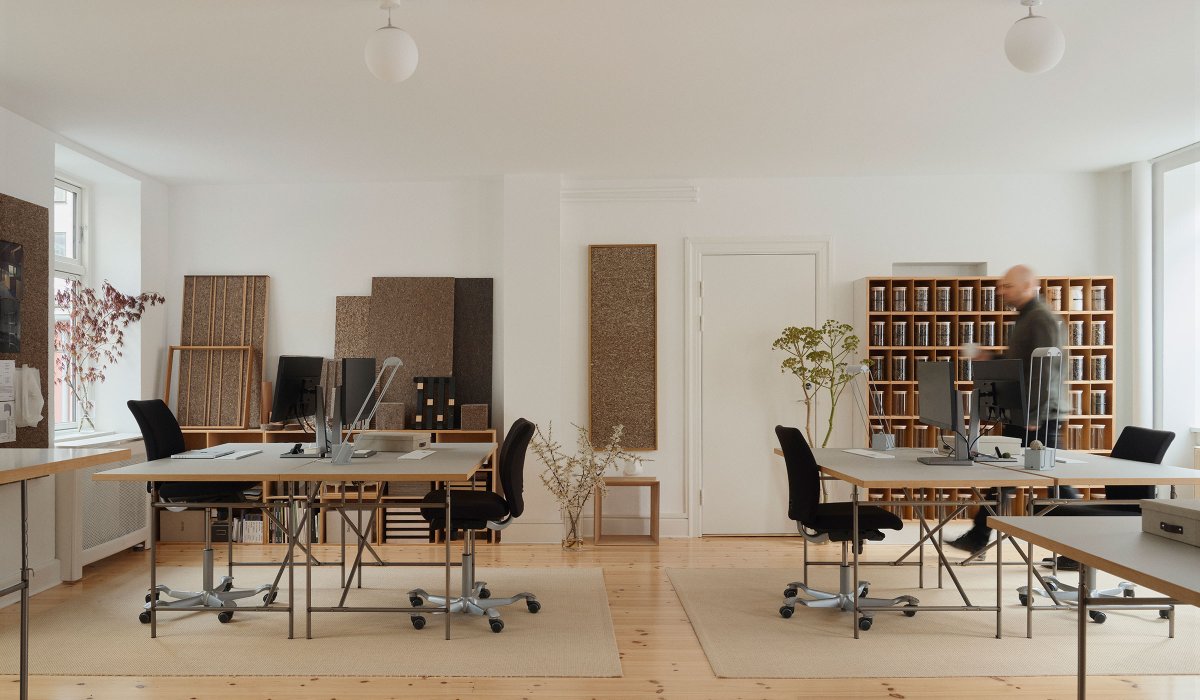
Tell us about how you came to found Søuld!
The founding of Søuld is closely linked to the Danish island Læsø, where eelgrass was historically used as a thatching material. Sadly, the legacy of the remarkable roofs was fading and was very nearly forgotten. In 2010, only a few of the historical houses with this type of roof remained. Our first mission was to learn about and preserve the old thatching techniques as well as restore and rebuild the lost houses on the island. After a decade, more than thirty houses with eelgrass roofs have been rebuilt. In this process, a whole new supply chain of eelgrass was revived, and a new use for the material was made possible.
However, there was a gap between the cultural heritage of using sixty tons of eelgrass for one roof and the modern way of using optimized building materials. A new design language had to be constructed to elevate eelgrass from its original use and aesthetic to a contemporary and relevant material for architects and designers today. So, innovations with the material were necessary to introduce it to the modern market.
My colleague and architect, Pi Fabrin, and I took the initiative alongside two sustainable design engineers, Gunnar Agerskov and Kirsten Lynge, and Læsø-based eelgrass thatcher, Henning Johansen. We established Søuld with a shared mission to develop sustainable design and construction practices by providing renewable and eco-friendly alternatives to traditional building materials.
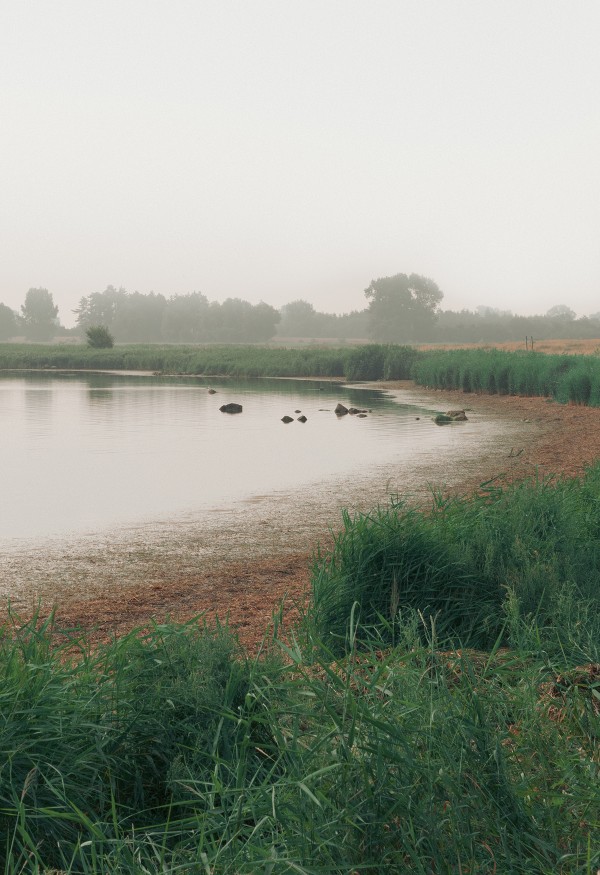
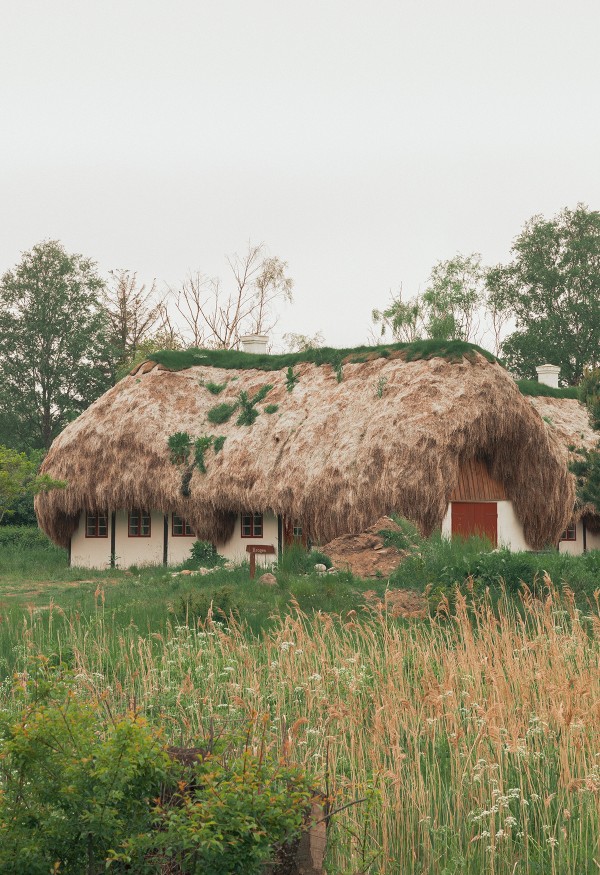
What initially attracted you to this material?
My journey started at the School of Architecture in Barcelona. I was looking for a material that could turn buildings into a host for nature - something that could make natural life a physical part of our cities. I was quickly led back to my home in Denmark, where the historical houses on Læsø proved that nature can be deeply integrated and interact with buildings. I also learned that a material like eelgrass can last more than 300 years on a roof.
I was immediately fascinated by this wild and unexplored material. The striking aesthetic of the houses in Læsø was the first thing that attracted me to eelgrass. They proved that a roof does not have to be hard and smooth—it can be soft and porous, like an animal’s protective fur.
I thought that developing eelgrass products would be exciting because they would have such a strong relationship with where they come from—the sea. I believe how people interact is influenced by the materials they are surrounded with. Materials with a low degree of processing—materials that bear visible traces of their origin—can help create an informal and anti-authoritarian tone that is democratic and relevant for our time.
“I was immediately fascinated by this wild and unexplored material. The striking aesthetic of the houses in Læsø was the first thing that attracted me to eelgrass. They proved that a roof does not have to be hard and smooth—it can be soft and porous, like an animal’s protective fur.”
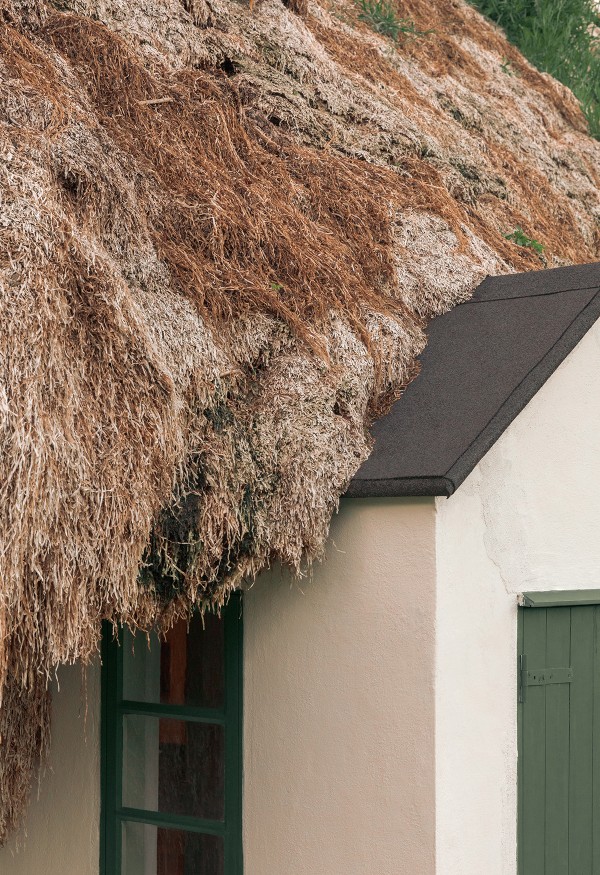
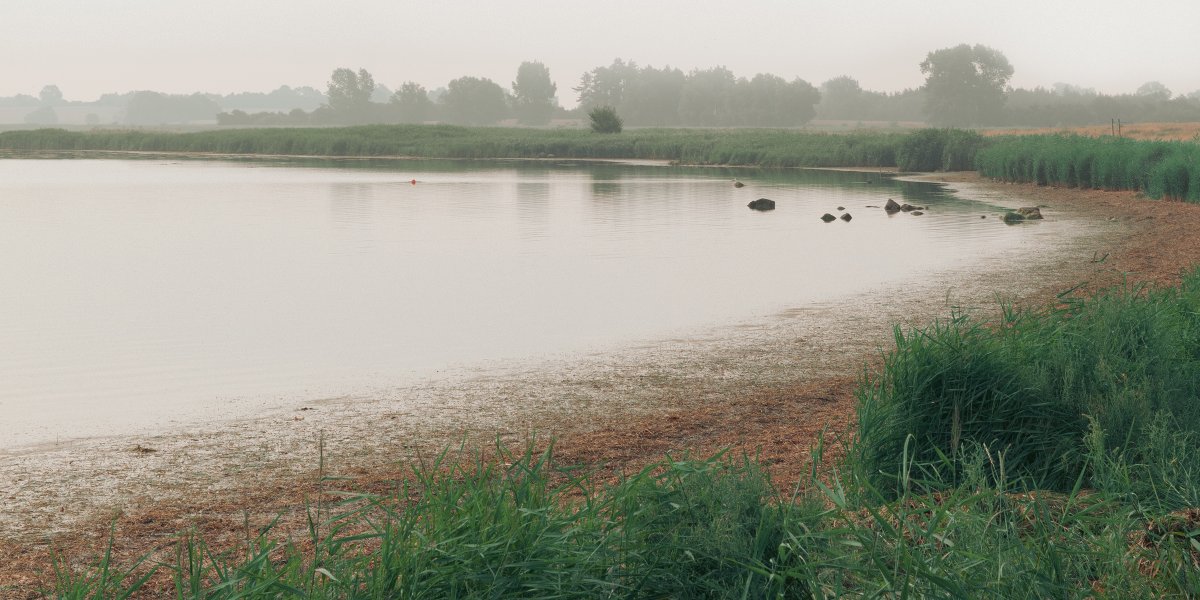
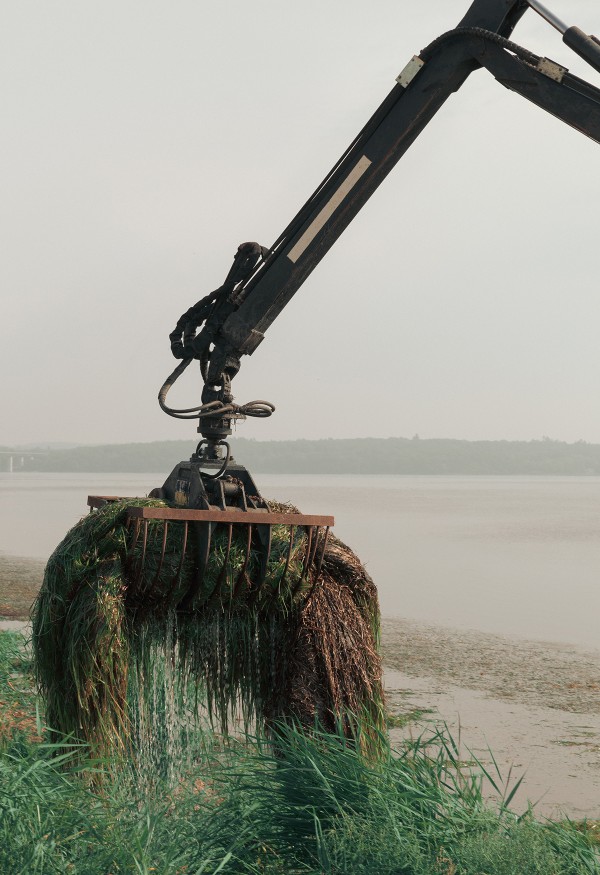
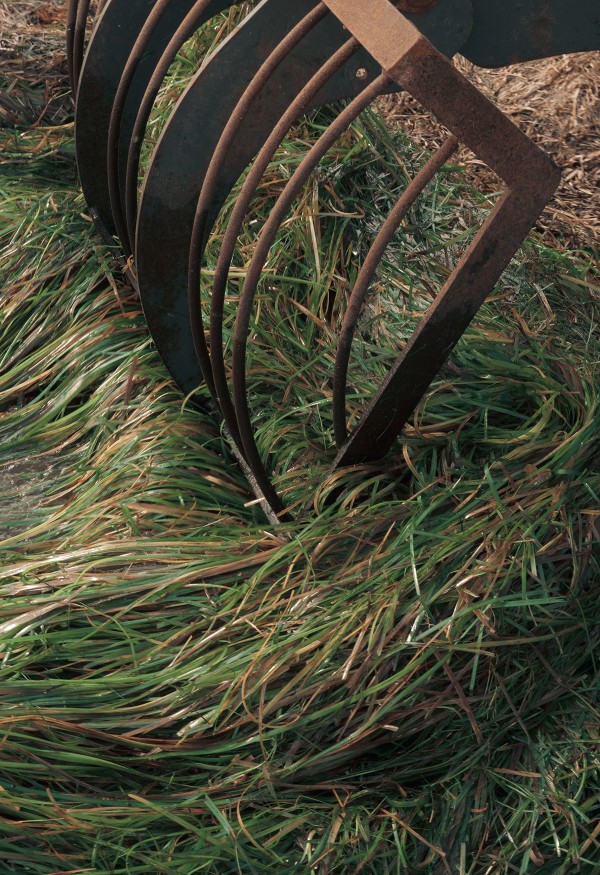
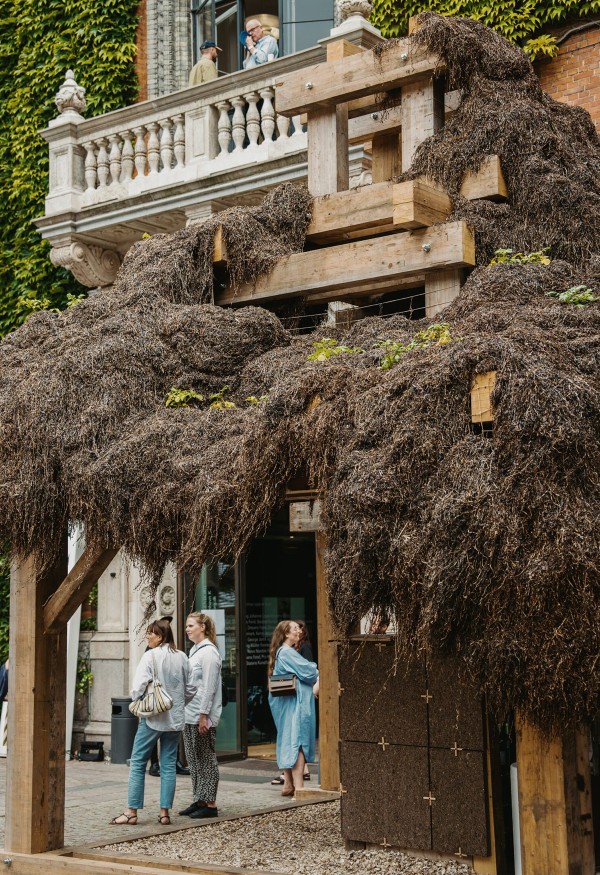
What are the inherent qualities of this material that excited you?
Certainly, the material’s longevity—eelgrass is highly durable. History has taught us that it can stand more than 300 years exposed as a roofing material, which is remarkable. Despite the processing, eelgrass retains its character and inherent properties. Eelgrass has, among other things, a rich, natural texture and a slight variation of color, which constantly changes with the weather, light, and time. I’m drawn to materials for their scale, aesthetic, and tactile qualities—materials that I need to touch.
Technically, eelgrass is naturally fire-resistant because it contains many sea minerals and is insulating and sound-absorbing. Lastly, eelgrass could be the ultimate climate material as it absorbs enormous amounts of carbon as it grows. Eelgrass even absorbs more carbon than we use in our production to make our final acoustic product.
As an architect and engineer, I was quite overwhelmed by the potential of this material. It’s a natural waste material that washes ashore, ready to be collected and processed.
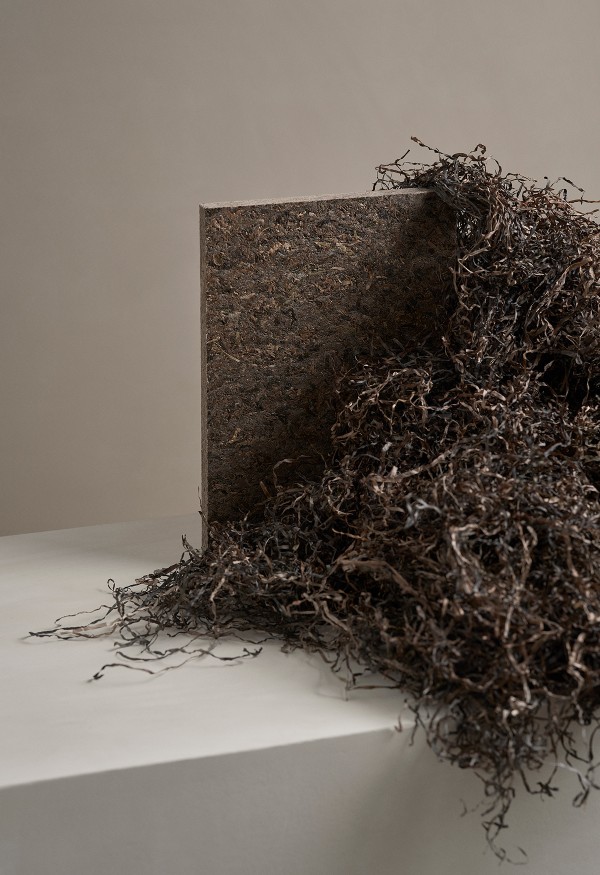
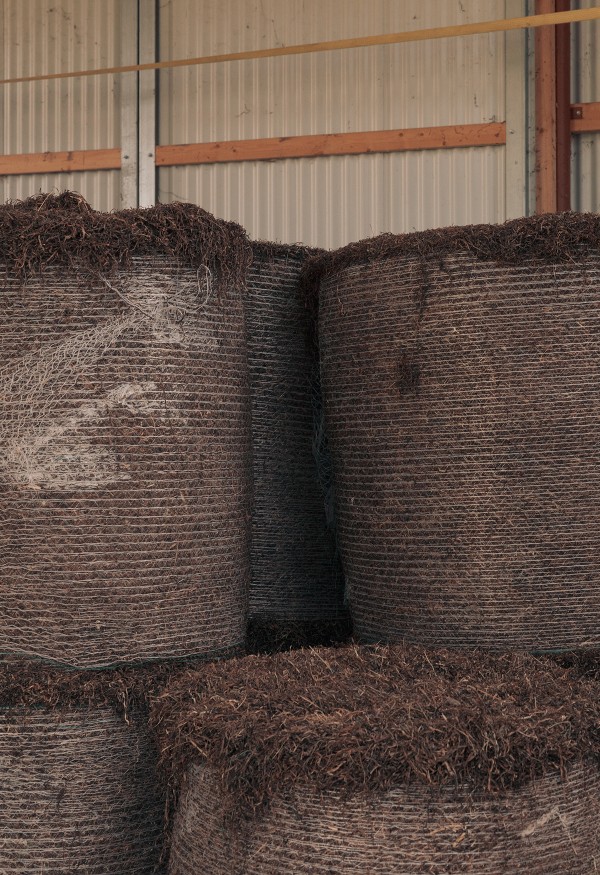
What surprised you about the material while you were developing it? Were there any challenges?
The main challenge from the beginning of Søuld was to change the identity of eelgrass from its traditional use on thatched roofs to its contemporary application in our acoustic products and designs. On thatched roofs, the material is affected by external forces such as gravity, wind, and weather, which determine the form and expression of the material. Through industrial production, our designs and design collaborations liberate the material and shape it into timeless acoustic products.
In this process, we saw that eelgrass can be quite tricky to handle and process in modern productions as the fibers are so long, vary in size, and tend to quilt and interlock, making them hard to process. This is quite handy when you craft an eelgrass roof by hand but very tricky in a modern fabrication facility where everything needs to be even and uniform. It took us a while to “tame” the fiber while keeping the natural character of the fibers intact in the final product. On the other hand, this is why we fell in love with this material - the inherent imperfections in the fiber and the unique aesthetic drew us to eelgrass from the start.
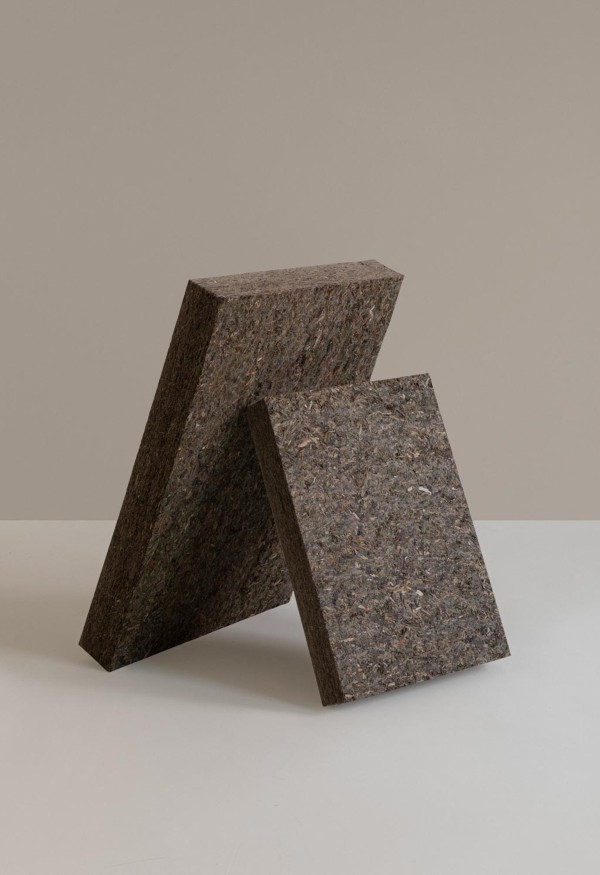
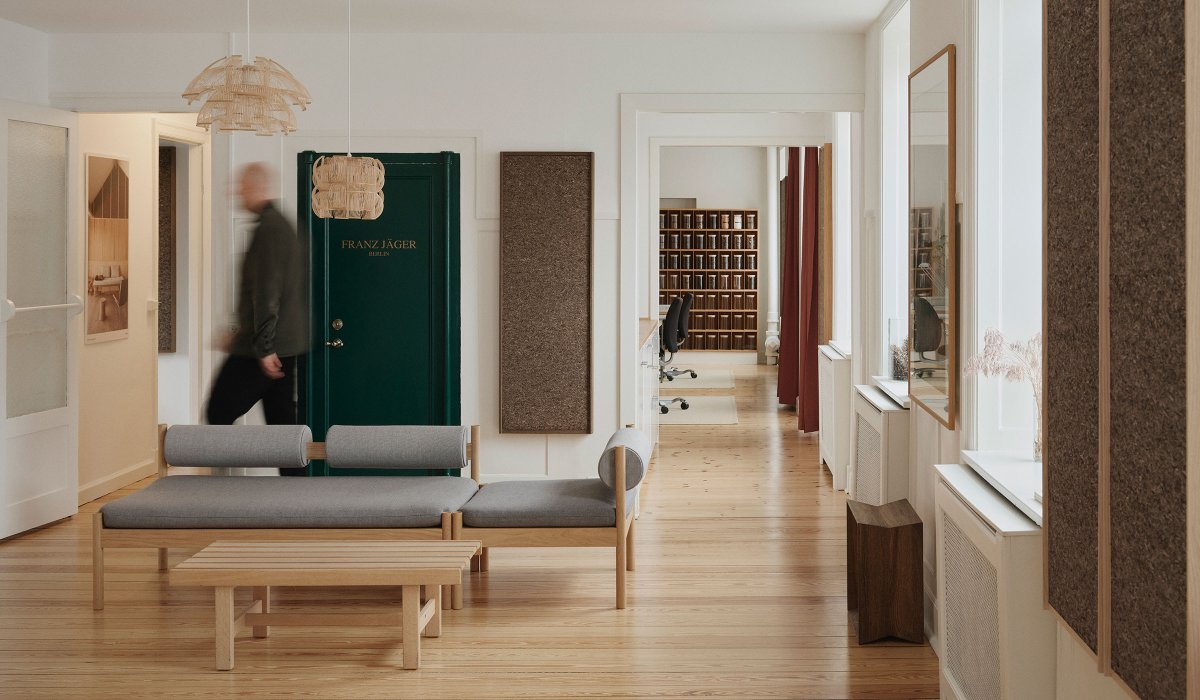
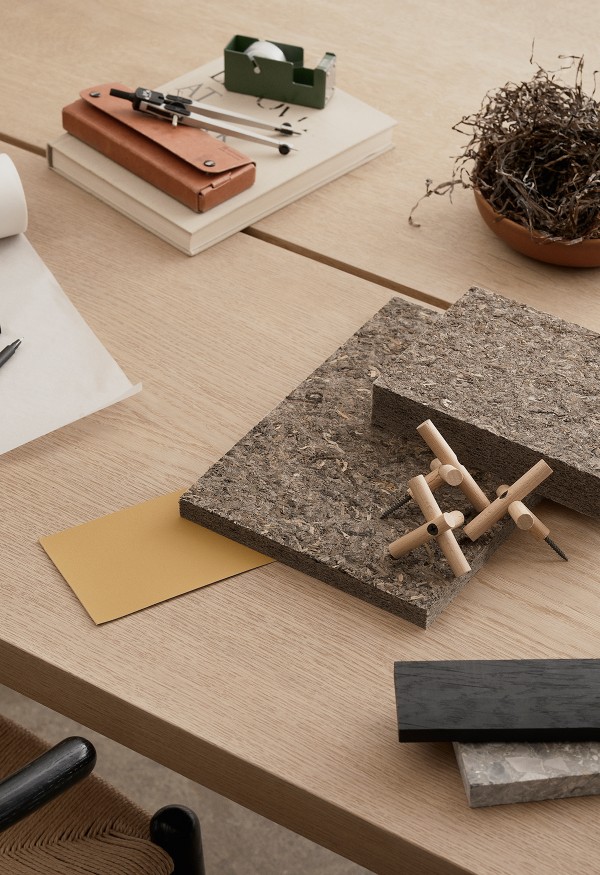
How does sustainability drive other areas of your company and production?
The symbiosis that Søuld has with eelgrass is what inspires us in all other aspects of the company. Eelgrass is a plant that grows in meadows in shallow waters - it is not an algae but an underwater plant. Fish thrive where it grows, it helps clean the water, and it stores CO2. Eelgrass meadows provide marine ecosystems with various benefits and must be left undisturbed. Moreover, eelgrass meadows also produce these long leaves when the water is warm. During the growing season, the leaves detach from the plants and wash up on the nearby coast. This is where our farmers pick up the leaves instead of letting them decompose along the coast. Nutrient is also removed by removing ‘leftover’ biomass from the marine environment. This helps the eelgrass meadows as they are threatened by eutrophication and algae blooms caused by high levels of nutrients from agriculture and severs.
When eelgrass is dried on nearby grass fields, the carbon in the leaves is preserved instead of being released into the atmosphere. The carbon is then stored in the long-lasting products of Søuld.
At Søuld, we believe that the end-use must be considered to fully honor the story of eelgrass. That is why we are making products that can have a long life, be recycled, and be part of systems designed for repair, disassembly, and reuse.
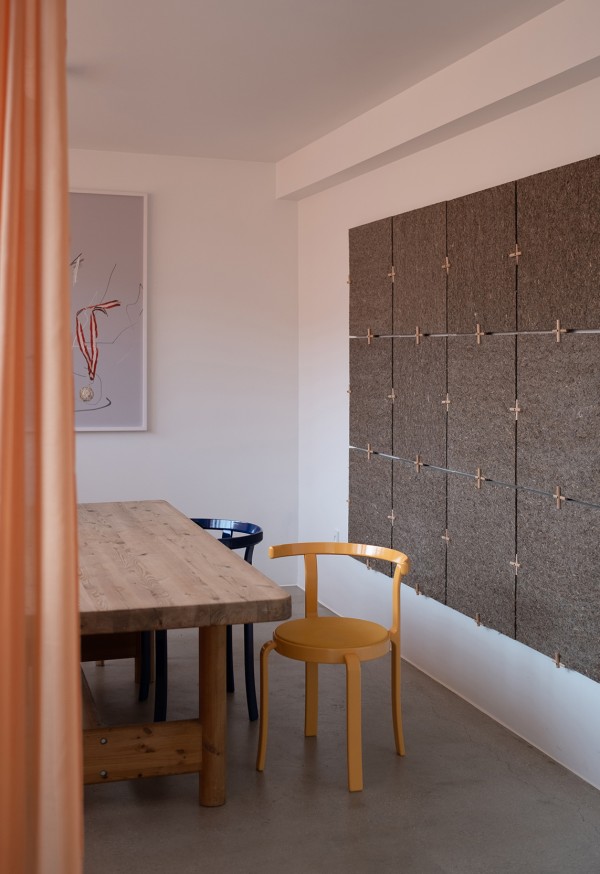
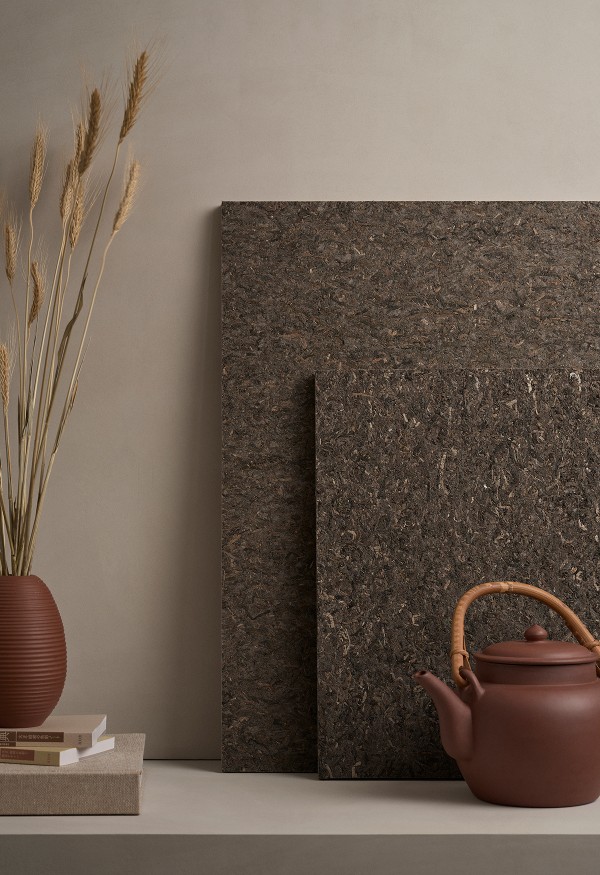
“It took us a while to 'tame' the fiber while keeping the natural character of the fibers intact in the final product. On the other hand, this is why we fell in love with this material - the inherent imperfections in the fiber and the unique aesthetic drew us to eelgrass from the start.”
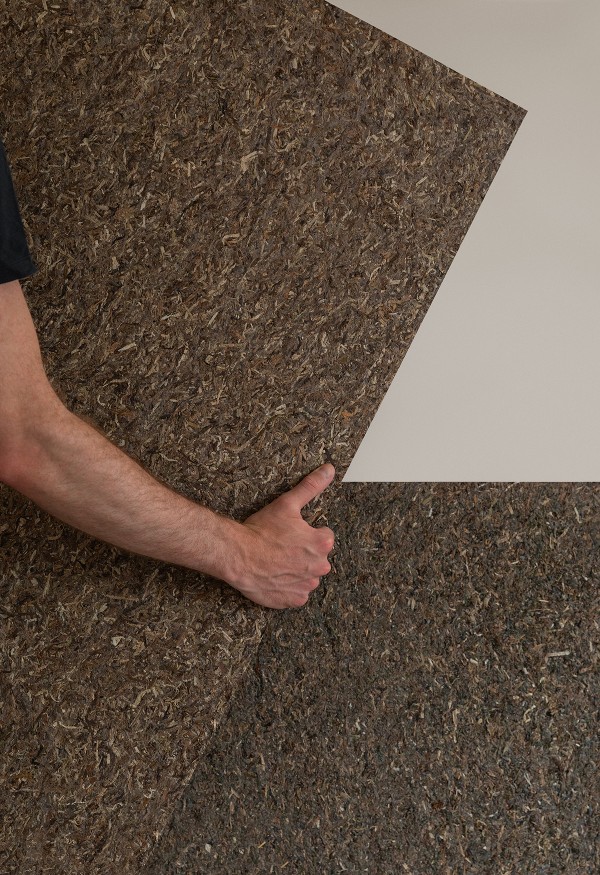
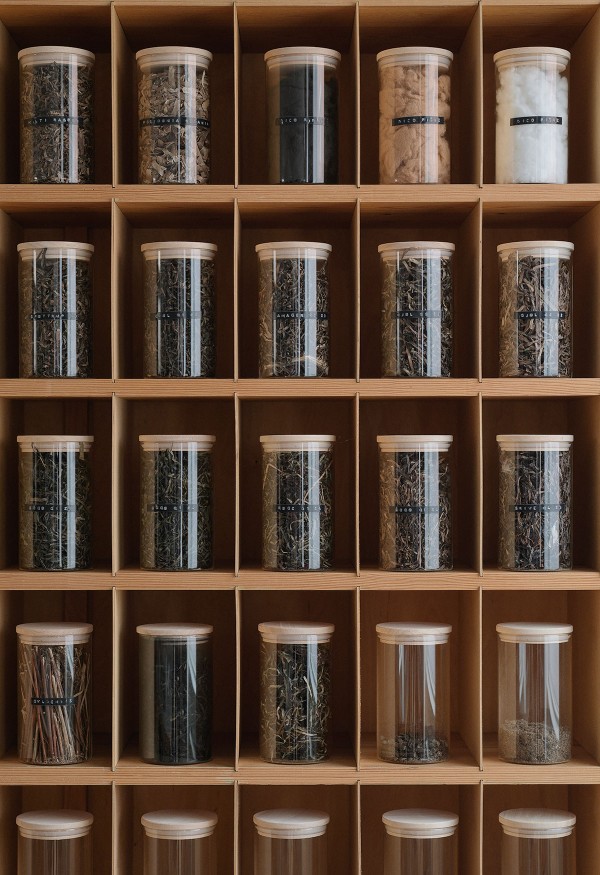
Are there other natural materials you’ve worked with?
Like stone, brick, and wood, eelgrass can stand the test of time, which is core to its value. So, I like to pair eelgrass with materials that patina or reflect time on their surfaces. Imperfection is not something we aim for but something we hope will happen. Solid local wood is the material we prefer pairing with eelgrass in our different designs so that they can age and work together over time. At the same time, the contrast of using materials like steel and glass emphasizes the tactile qualities of eelgrass.
Are there any designers you’re curious to work with in the future?
Several weeks ago, I met with the French design research lab Atelier Luma. I was impressed by their approach to dealing with local materials and how thorough and persistent they were in their design process. They have managed to develop several new products from unconventional materials. Their work with salt is beautiful, and they are very talented at using colors with natural materials. We may need to collaborate as we have the same nerdy and quirky approach to design and material development.
What trends in the design world are you seeing in Denmark that spark your interest?
I’m seeing a general awareness that raw materials don’t need to be heavily processed. Designers are celebrating materials by keeping them as natural as possible, allowing the natural colors and tones to shine in the different designs.
Since the 1950s, many Danish design brands have been well-known for their pure lines, lightweight constructions, and light-toned materials such as oak, beech, and paper cord. Modern Danish designers are not afraid of using dark wood or voluminous organic shapes. At the same time, iconic colors like red, blue, or yellow make a clear contrast to the natural materials.
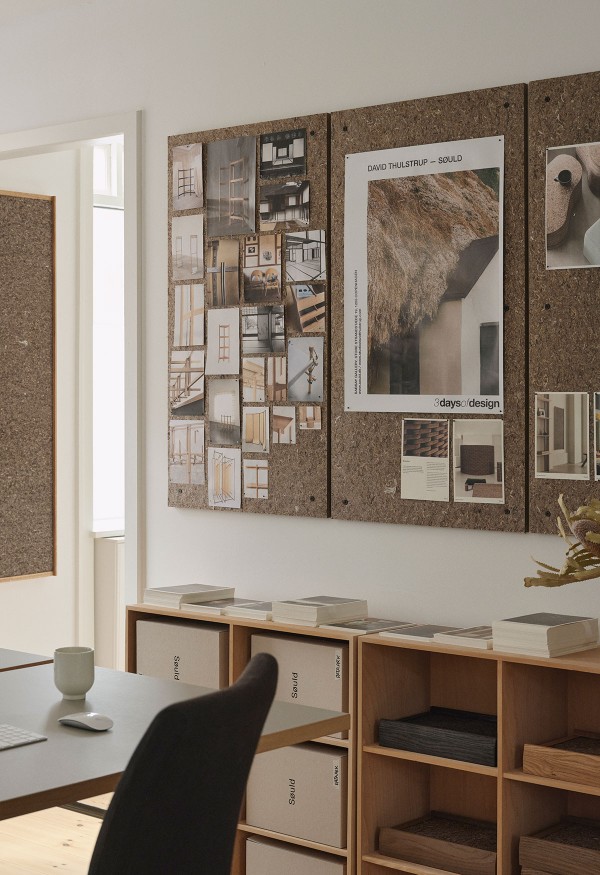
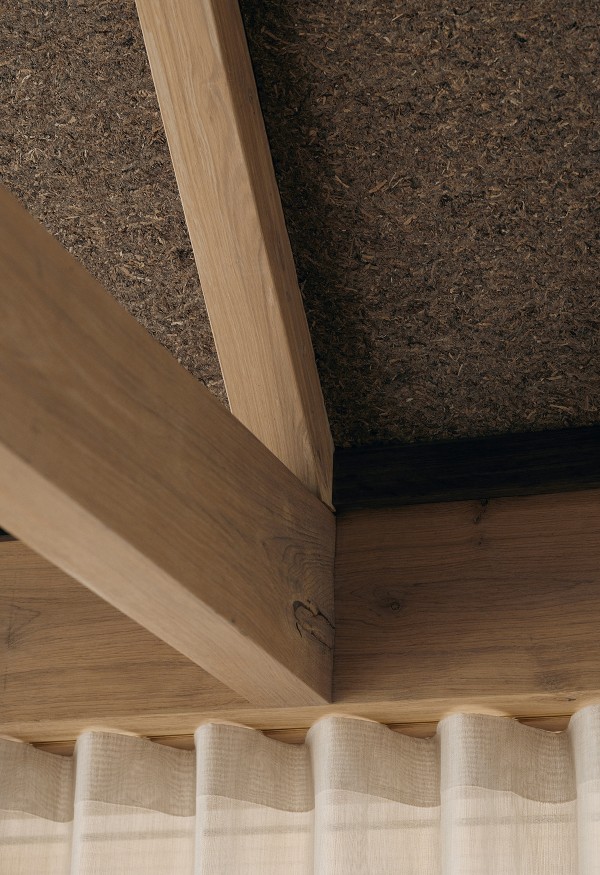
Are there any trends regarding sustainability that you’re noticing specifically?
There is a lot of focus on a product’s climate footprint at the moment. Especially when delivering materials to building projects in Denmark and the rest of Europe, more and more projects require that you have a third-party verified Life Cycle Assessment. We have that as a part of our Environmental Product Declaration (EPD). Here, Søuld really has an advantage, as we perform well. Other qualified and biobased products might have a comparable climate footprint, but many lack impressive acoustic and fire performance. This is really what makes Søuld unique.
Then there is the regenerative perspective, which is the new framework for assessing whether you do good. You must leave a positive impact on the natural systems that you rely on. As mentioned earlier, removing eelgrass from the coast prevents eutrophication, positively affecting the eelgrass meadows.
I would also like to mention land use. Land use measures how much land it takes to produce something. If you are introducing a new material with a large land-use footprint, there is a considerable risk that your production will indirectly result in clearing forests as land for crops is limited. We don’t have third-party-verified results of Søuld’s land use footprint yet, but we’re not using any area to grow the material; indicative studies, therefore, show that our footprint is very low. We are sure that this is the next big question material producers should have an accurate answer for.
Do you have any favorite installations to date? What made eelgrass a good fit for these spaces?
We did a project outside Copenhagen where everything went together as you would hope for as an architect and material developer. A new farmhouse was built in a beautiful landscape with local materials, including straw, bricks, and oak. Inside was an exquisite main room where Søuld’s Acoustic Mats blended with other natural building materials and the landscape outside the generous windows. We had the pleasure of revisiting the house several times after the installation, and the owners are now good friends of Søuld, which is unique and something you would wish to happen for all projects.
Can you tell us about the environmental impacts on eelgrass over time? How does the material change from year to year?
When exposed to light, eelgrass fibers become lighter in color over time, just like untreated wood planks. The beautiful play of colors from fibers with slightly different tones becomes more pronounced over time.
Another feature that most people aren’t aware of is that eelgrass fibers can absorb and release moisture in a room, having a notable impact on indoor environments. Søuld doesn’t contain harmful substances or chemicals, so it can act as an interior’s ‘lung’ without releasing strange compounds into the air, contributing to a more balanced indoor climate.
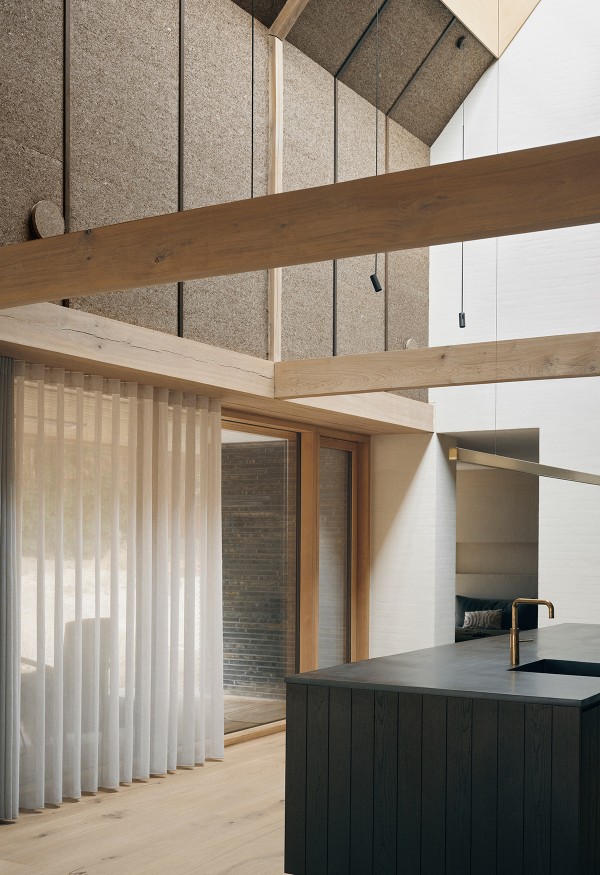
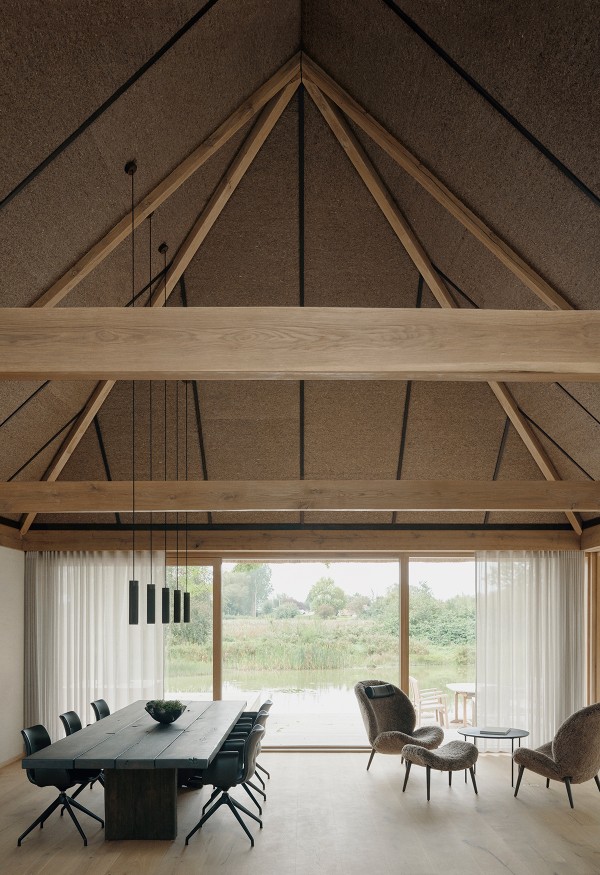
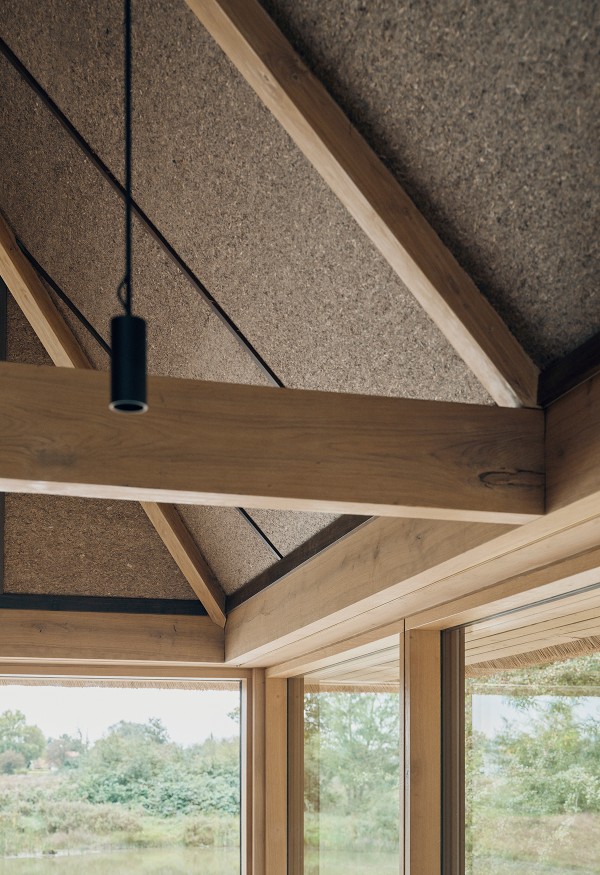
What are some common questions that came up as you introduced the material to designers in Denmark?
Since Søuld is a natural material, it’s available in natural colors. Many designers love the material, but we’re typically asked if it comes in white or how we can guarantee they can get the exact same color in the future. Personally, I love the natural look of eelgrass, and how it varies depending on the beach it came from, which time of the year it was collected, and how it ages over time. When working with natural materials, I believe you should celebrate the beauty of imperfection and variations.
We are introducing eelgrass as a new raw material for the acoustic market. So, a typical first question is if there is enough eelgrass. Eelgrass grows in most parts of the world, and you would be surprised by the amount of leaves floating around. For instance, one of our farmers told us that there was very little eelgrass along his coast before he started, but after a year, he collected more than 100 tons of dried eelgrass on a 50-meter beach. He has now been working full-time collecting eelgrass for 15 years.
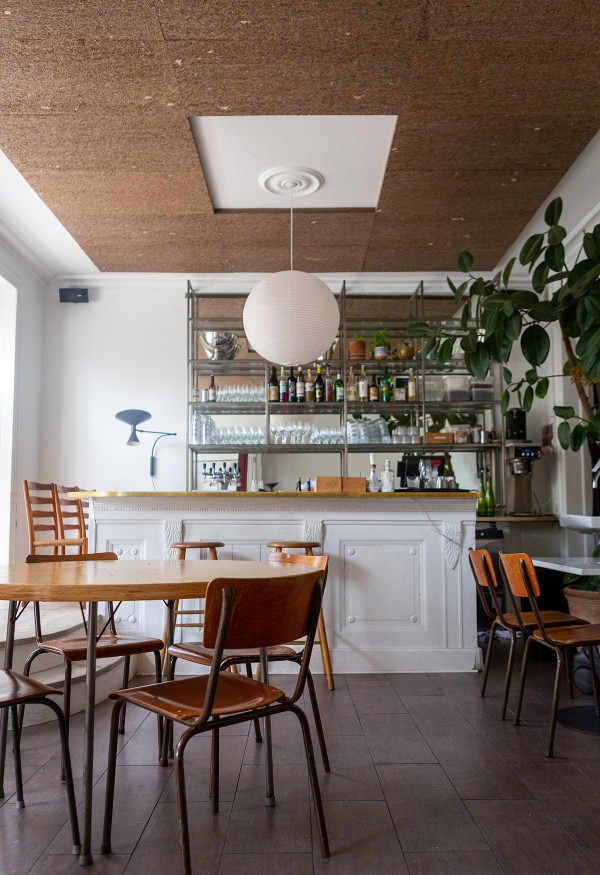
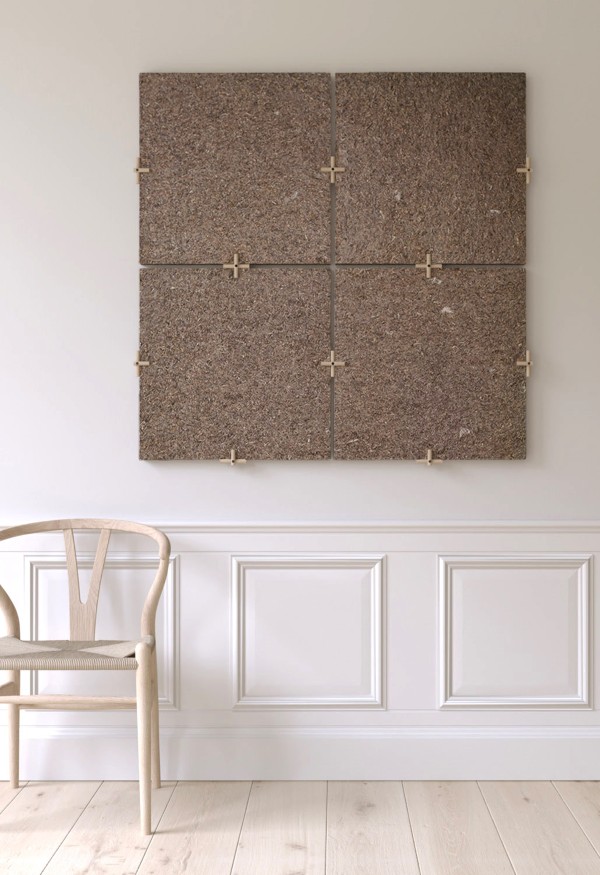
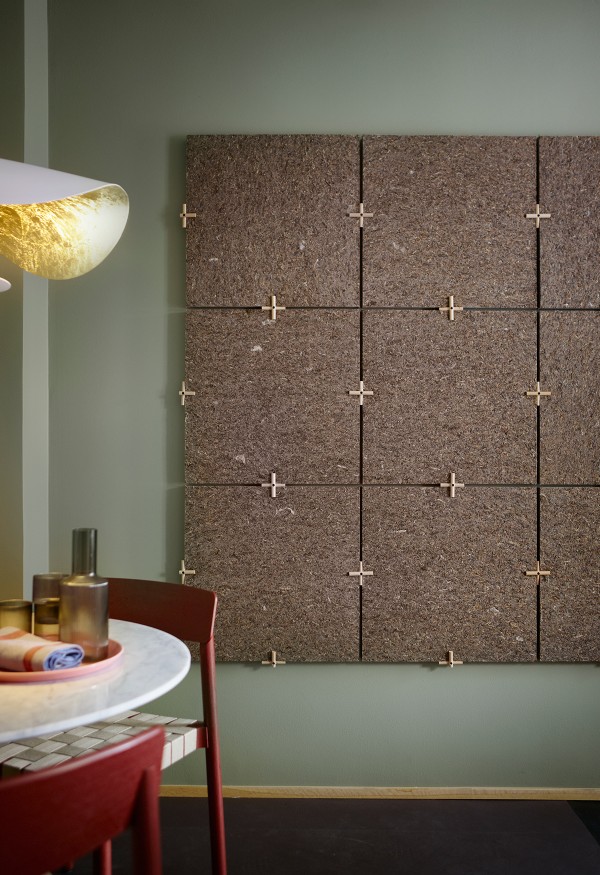
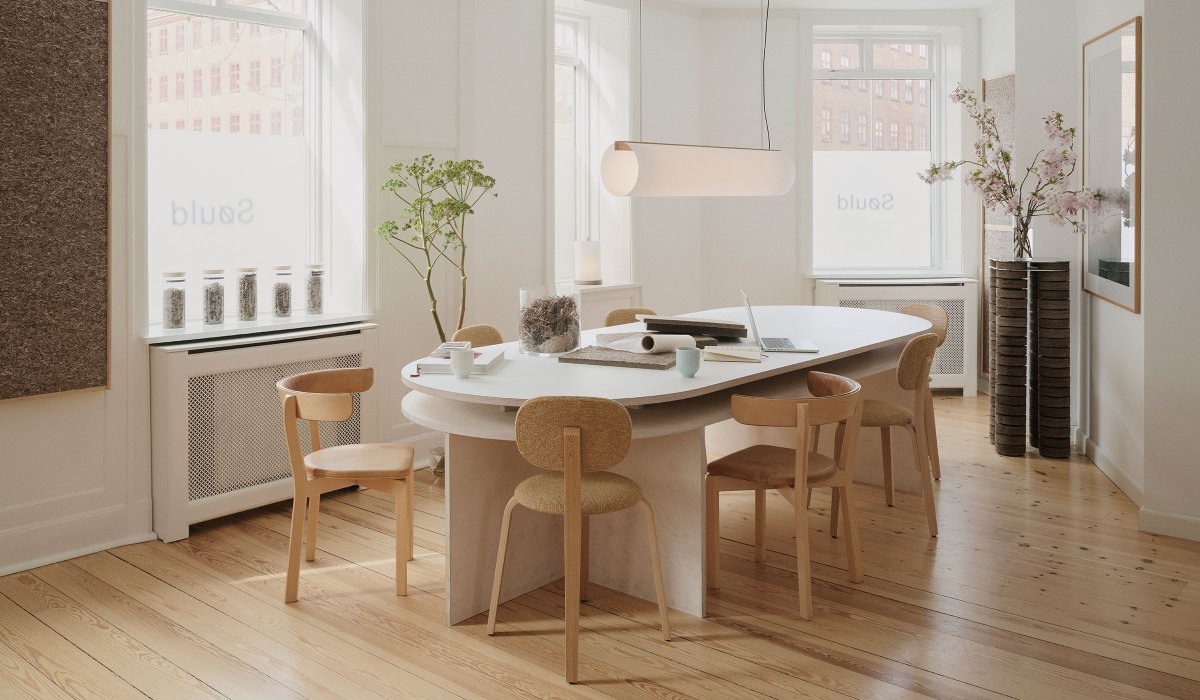
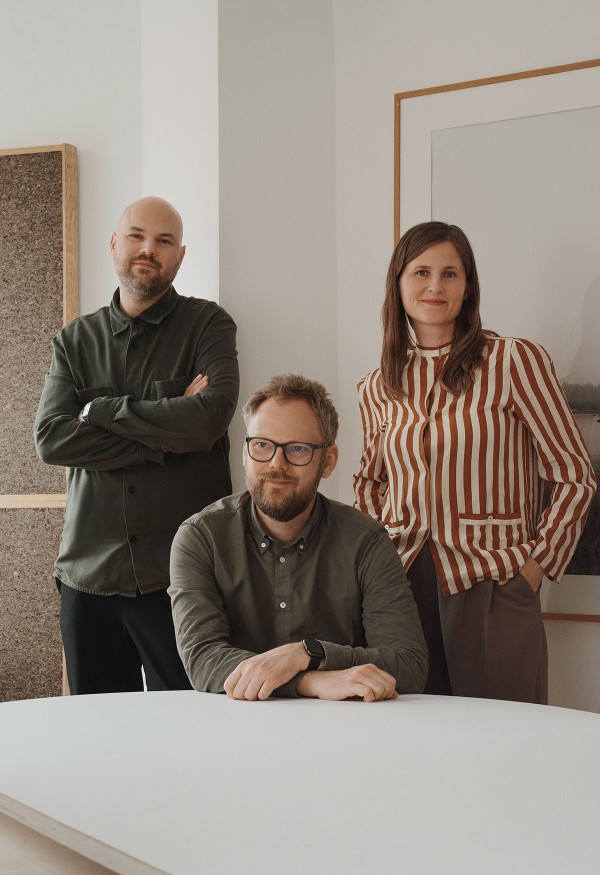
About Søuld
Founded by architects Tobias Øhrstrøm and Pi Fabrin, sustainable design engineers Gunnar Agerskov and Kirsten Lynge, and eelgrass thatcher Henning Johansen, Søuld is a Danish manufacturer that provides designers, architects, and contractors with sustainable and recyclable products made from eelgrass. Søuld was founded in 2010 with a mission to offer natural and eco-friendly alternatives to traditional building materials and carry on a centuries-old practice deeply rooted in Danish culture.
Spinneybeck + Søuld
In partnership with Søuld, eelgrass offers an exceptional choice for sustainable Wall Panels and Baffles that positively impact the environment while bringing a warm and natural aesthetic to any space. The organic texture of eelgrass imbues interiors with warmth and tactility. This marine plant has inherent traits that make it an optimal material for interiors: it provides excellent acoustic and thermal comfort, effective humidity regulation, durability, high fire resistance, and low susceptibility to mold and bacteria due to its naturally high content of mineral salts.
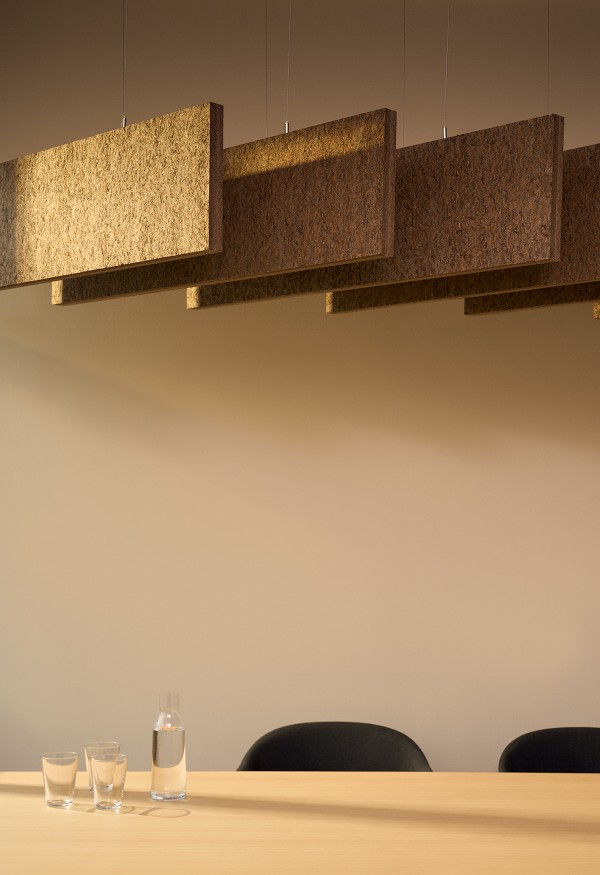
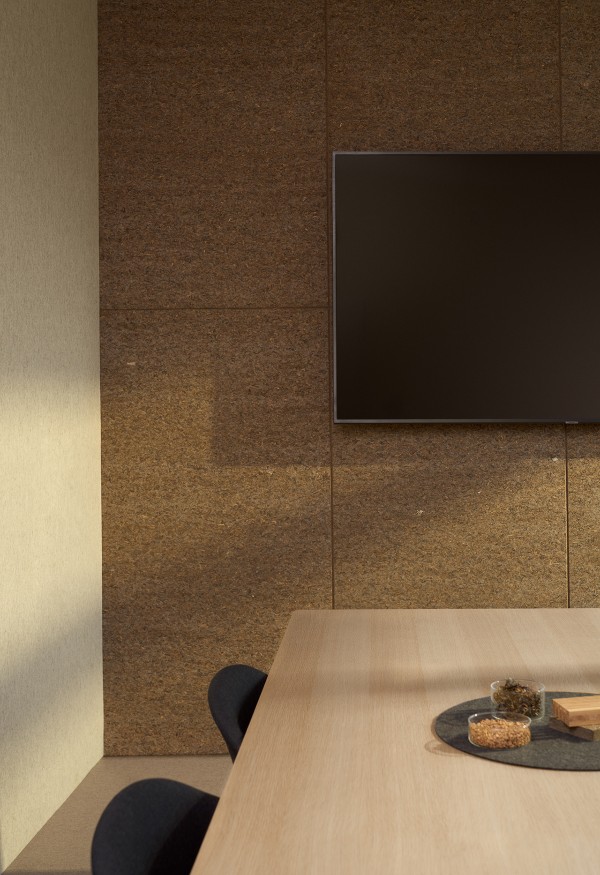
Images courtesy of Jeudan, Andreas Pless, and Søuld